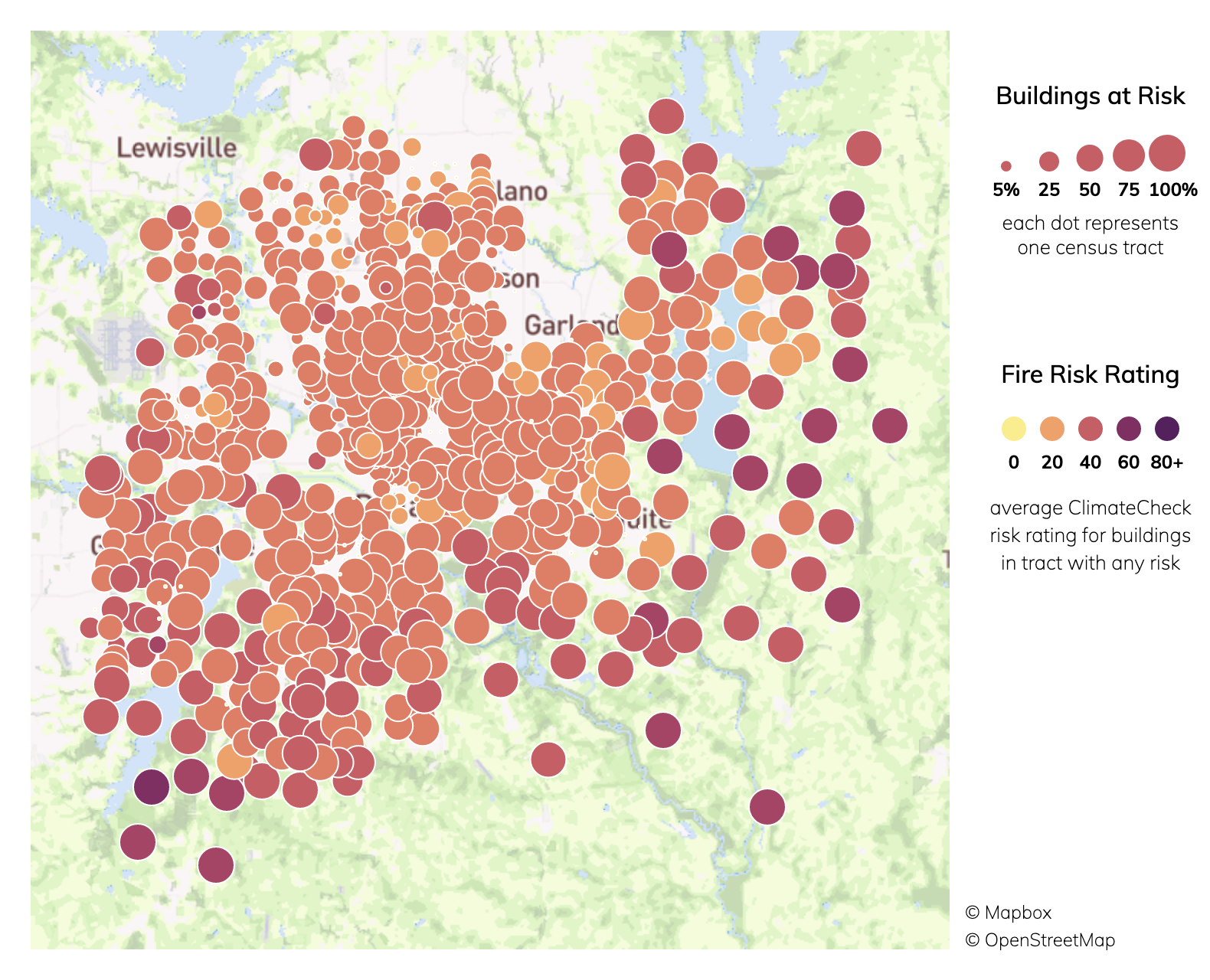Dallas, Texas, is known for its vibrant culture, thriving economy, and diverse population. However, one of the defining characteristics of this bustling metropolis is its extreme temperatures. With summer highs often exceeding 100°F (38°C) and winter lows plunging to the 30s°F (around 0°C), residents must be well-prepared to cope with the challenges posed by such weather. This article explores effective strategies to survive extreme temperatures in Dallas, including preparation, health considerations, and community resources.
Understanding the Climate in Dallas

Dallas experiences a humid subtropical climate, characterized by hot summers and mild winters. The city often faces significant temperature fluctuations, which can be attributed to several climatic factors, including geographic location, elevation, and seasonal shifts. Let’s take a closer look at the seasonal temperature variations:
- Summer (June to September): Average high temperatures range from 92°F to 100°F (33°C to 38°C). Heatwaves can push temperatures even higher, leading to potential heat-related illnesses.
- Fall (October to November): Temperatures begin to cool, with averages ranging from 70°F to 85°F (21°C to 29°C). This is generally considered the most pleasant time of year.
- Winter (December to February): Average lows can drop to the 30s°F (around 0°C), with occasional frost and snow. However, significant winter storms are rare.
- Spring (March to May): Temperatures gradually warm up, averaging 60°F to 80°F (16°C to 27°C), but spring storms can bring severe weather.
Preparation for Extreme Heat

When summer rolls around, it’s crucial for Dallas residents to take proactive steps to prepare for the extreme heat. Here are some essential strategies:
- Stay Hydrated: Drink plenty of water throughout the day. The CDC recommends at least 8 glasses or 2 liters of water daily, increasing this amount during hot weather.
- Wear Appropriate Clothing: Light-colored, loose-fitting clothing made from breathable fabrics can help keep you cool.
- Utilize Shade and Fans: Take advantage of shaded areas and use fans or air conditioning to reduce indoor temperatures.
- Limit Outdoor Activities: Schedule outdoor chores and activities for cooler parts of the day, such as early morning or late evening.
- Know the Signs of Heat-Related Illness: Be aware of symptoms like dizziness, headaches, and excessive sweating. Seek immediate medical help if these symptoms arise.
Health Precautions During Extreme Heat
Extreme heat can pose serious health risks, especially for vulnerable populations such as the elderly, young children, and those with pre-existing health conditions. Here are some health precautions to consider:
- Regular Check-Ins: Families should check on elderly relatives and neighbors during heatwaves to ensure they are safe and hydrated.
- Cooling Centers: The city of Dallas provides cooling centers during extreme heat events. Residents should familiarize themselves with their locations.
- Healthcare Resources: Stay informed about local healthcare resources, including urgent care facilities and hospitals, in case of heat-related emergencies.
- Medication Awareness: Some medications can affect the body’s ability to regulate temperature. Consult a healthcare professional if you have concerns.
Surviving Extreme Cold
While Dallas is not known for severe winter weather, occasional cold snaps can bring freezing temperatures and even ice storms. Here are tips for surviving extreme cold:
- Dress in Layers: Wearing multiple layers helps trap body heat. Start with a moisture-wicking base layer, add insulation, and finish with a waterproof outer layer.
- Prepare Your Home: Insulate pipes, keep your thermostat set to at least 68°F (20°C), and use weather stripping to minimize drafts.
- Emergency Supplies: Keep an emergency kit that includes blankets, food, water, and a flashlight in case of power outages.
- Stay Informed: Monitor local weather updates for any cold weather warnings or advisories.
- Stay Indoors: Limit outdoor exposure, especially during severe weather events, to reduce the risk of frostbite or hypothermia.
Community Resources and Programs

Dallas offers various community resources and programs designed to assist residents during extreme weather conditions. These programs aim to ensure the safety and well-being of vulnerable populations. Here are some key resources:
- Dallas County Health and Human Services: Provides information on heat-related illnesses, cooling centers, and tips for staying safe.
- Local Nonprofits: Organizations like the Salvation Army and local churches often provide emergency shelter and assistance during extreme weather.
- City of Dallas Emergency Management: Offers disaster preparedness training and resources for residents to prepare for extreme weather events.
- Community Engagement Programs: Participate in community programs aimed at educating residents about the dangers of extreme weather and how to stay safe.
Case Studies: Lessons from Past Weather Events

Dallas has experienced its share of extreme weather events that offer valuable lessons for residents. One notable example is the summer of 2011, which was marked by a severe drought and record-breaking heat. The average temperature that summer reached 103°F (39°C), leading to a spike in heat-related illnesses and hospital visits. Residents learned the importance of:
- Implementing water conservation measures.
- Using public resources like cooling centers.
- Increased public awareness campaigns about the dangers of heat exposure.
Similarly, the winter storm in February 2021 brought unprecedented freezing temperatures, resulting in widespread power outages and water supply issues. Key takeaways included:
- The need for better infrastructure to withstand extreme cold.
- Increased community support for vulnerable populations during winter emergencies.
- The importance of emergency preparedness at both the individual and community levels.
Surviving extreme temperatures in Dallas requires a proactive approach, awareness of local resources, and a commitment to health and safety. By preparing for both heat and cold, engaging with community resources, and learning from past events, residents can navigate the challenges of extreme weather more effectively. Whether it’s staying hydrated in the summer or dressing warmly in the winter, taking these steps can make a significant difference. By working together and supporting one another, the Dallas community can thrive despite the challenges posed by its climate.